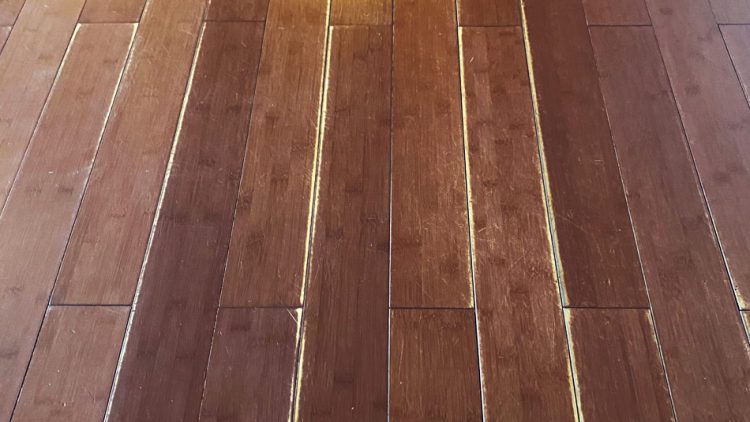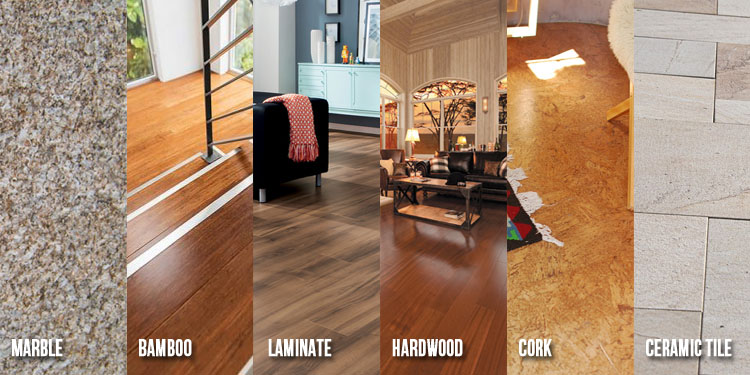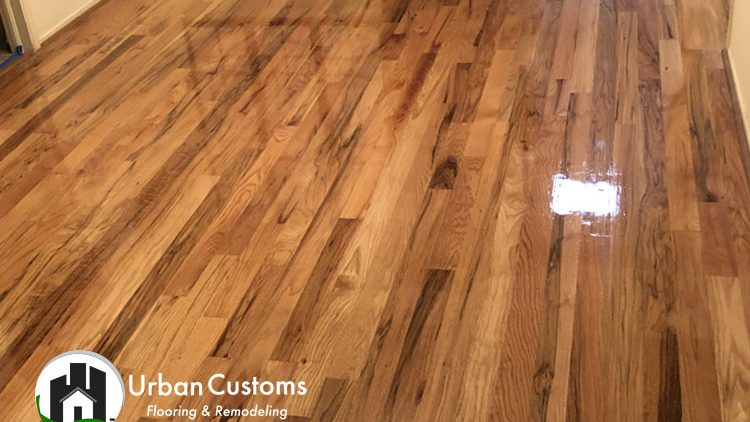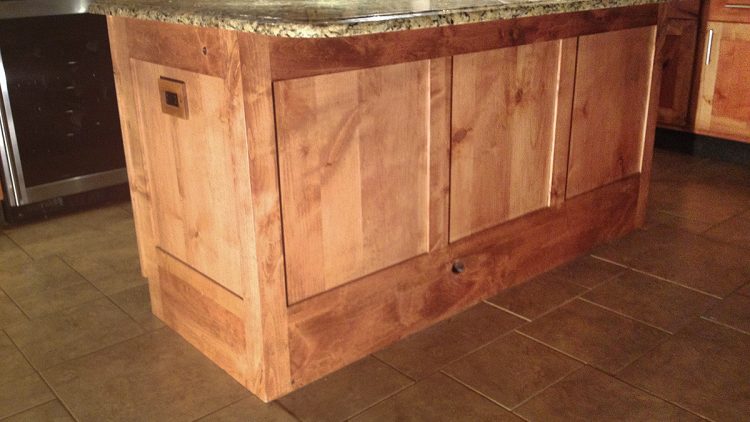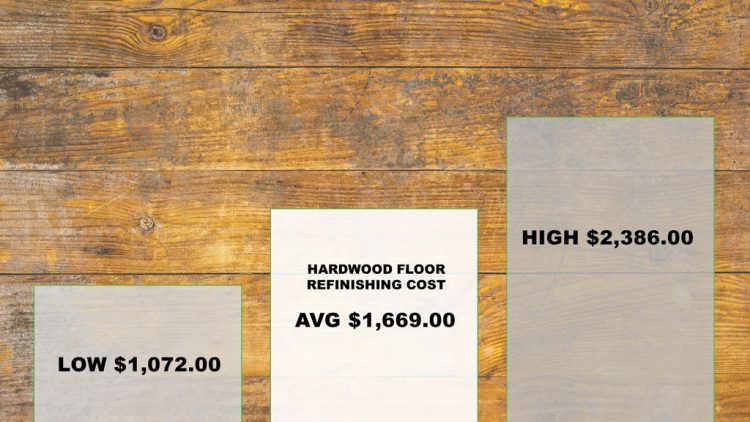Hardwood Floor Refinishing Costs 2025
Restore the Glow: Hardwood Floor Refinishing Costs in 2025
Hardwood floors are classic. Over time they lose some of their sparkle: scratches, dull finish, maybe some discoloration from sunlight or spills. Refinishing can breathe new life into your floors. But what should you expect to pay in 2025? Read on to learn more.
What’s the Typical Price Tag
-
Nationwide, refinishing hardwood floors generally runs $3 to $8 per square foot for a full sanding + stain/finish job. weles.us+3 Angi+3 Hudson Valley Hardwood Flooring+3
-
Most pay between $1,104 and $2,673 when refinishing a single room, with the average being around $1,800–$2,000. Angi+2 Thumbtack+2
-
For larger areas (say a whole house with 1,000 sq ft of hardwood), expect totals in the $3,000 to $6,000 range, often more depending on labor, repairs, and choice of finish. weles.us+3 OC Flooring+3 NerdWallet+3
What Drives the Cost: Key Factors
Here are the things that make the price go up or down:
-
Square Footage
The bigger the area, the more materials and labor. Small rooms often cost more per sq ft because of edges, tight corners, etc. Thumbtack+2 Angi+2 -
Condition of the Existing Floor
If your floors are in decent shape (only minor wear), the job is simpler. But deep gouges, stains, warped boards, cupping, or water damage require extra prep work, board replacement, or subfloor repair. All that adds labor & materials. Hallmark Floors+2 Angi+2 -
Type of Wood
Common woods like oak or cherry are less expensive to sand and finish than harder or exotic woods (e.g. mahogany, Brazilian cherry), which may need special tools, sanding, and finishing. Engineered woods can be refinished, but often with more restrictions. Angi+2 Hudson Valley Hardwood Flooring+2 -
Finish + Stain Choices
Do you want to change the stain/color, or stick with what’s there? How many coats of top coat? Oil-based, water-based, or eco/low-VOC finishes? These choices affect both material cost and labor/time. Custom stains and higher-end finishes cost more. Angi+2 Hudson Valley Hardwood Flooring+2 -
Additional Services
Things like moving furniture, removing carpet or baseboards, stairs or landings (hand-work), dust containment (“dustless” sanding), cleanup — these extras add up. Hudson Valley Hardwood Flooring+3 OC Flooring+3 Angi+3 -
Labor Costs & Location
Labor is typically the biggest part of the bill — often 80% or more of the project cost. In high-cost regions (urban, high wage areas) finishing costs are higher. Also, if the layout is complex (lots of edges, stairs, irregular shapes), expect more labor hours. Angi+2 weles.us+2
A Few Local Examples / Higher-Cost Areas
-
In Boston, refinishing tends to run $4 to $9 per sq ft due to higher labor/material costs. A full home job there can easily reach $3,500–$6,500 for moderately sized houses. weles.us
-
In the Seattle area, many floor-refinishing contractors quote $4.00–$6.00 per sq ft as base rate, with stain add-ons, stairs, and dust containment adding up. OC Flooring
Is It Worth It?
Refinishing costs substantially less than replacing the floor, especially if the subfloor is sound, and the finish can dramatically improve appearance, value, and durability of your home. It’s especially good if you want that super clean, cohesive look across rooms. And when done well, refinished hardwood floors can last many years before needing another touch-up.
Tips to Stretch Your Budget
-
Get multiple quotes from trusted local pros. Ask for itemized pricing (labor, material, finish, repair, etc.)
-
Prep the space yourself: move furniture, clear clutter, clean well. That reduces labor time.
-
Choose simpler finishes and avoid overly custom stains unless really needed.
-
Limit refinishing to high-traffic areas first if budget is tight.
-
Ask about “dust containment” or “low VOC” options — sometimes the extra cost is worth it for comfort and health.
What to Expect Time-Wise
A typical refinishing job takes 3-5 days: sanding, possible repairs, staining (if chosen), finishing coats, drying/curing. Some finishes dry quicker than others; water-based finishes tend to dry faster, have lower odor, though sometimes cost more. The Spruce+2Hallmark Floors+2
Bottom Line
If you’re planning to refinish hardwood floors in 2025, expect to pay $3-$8 per square foot, with average homes spending $1,500-$4,000 depending on size and condition. For large or premium jobs, it can be more. But with some smart planning—choices about finish, stain, and repair—you can restore your floors without breaking the bank.
Urban Customs Offers Hardwood Floor Refinishing in Phoenix
Our hardwood floor refinishing contractors offer professional and affordable hardwood floor repair and hardwood floor refinishing in the Phoenix Metro area and surrounding cities. Our hardwood floor refinishing service area includes Phoenix, Glendale, Peoria, Gilbert, and more. Receive a free wood floor refinishing quote in Phoenix by giving Urban Customs a call today at 480-747-2516.[/vc_column_text][/vc_column][/vc_row]


